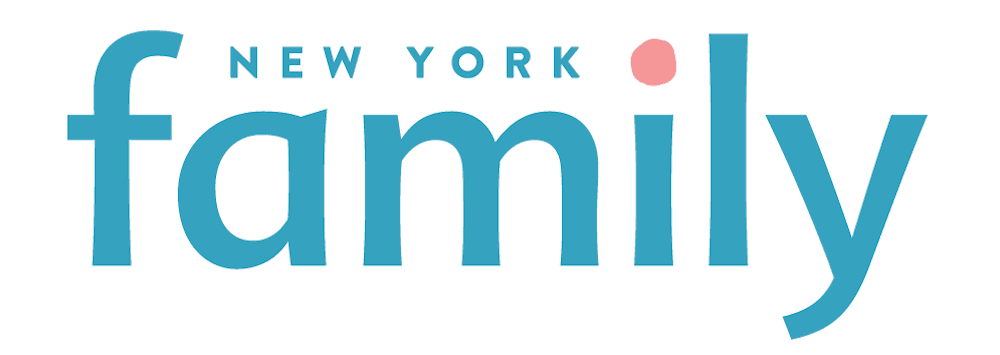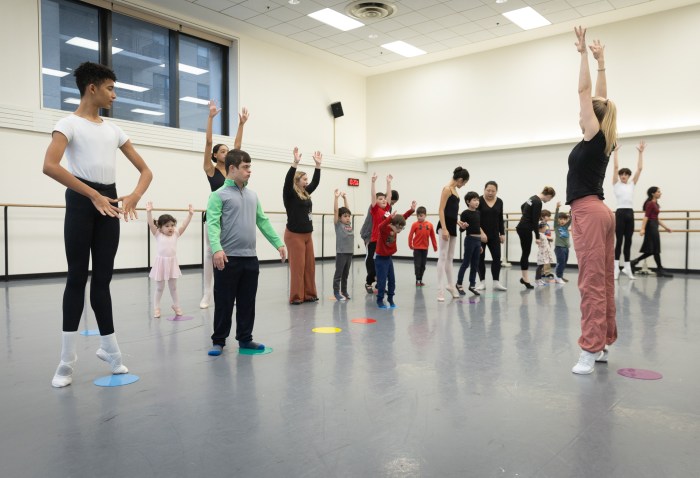Few letters put more fear into high school students than S-A-T. Every year, students all over the country spend hours studying, prepping and generally worrying about the test. This spring, the College Board implemented a new version of the SAT, going back to the 1600 score scale that was used for years, before it was changed to 2400 in 2006. The new test was taken by high school juniors starting this March, and they’ll see how they fared with the updated format when their scores are released on May 10.
To learn more about the changes to the test, and how they might affect students’ scores, we spoke with Robert Huntington, a senior vice president at Huntington Learning Centers.
In terms of the format, how is the new SAT different?

There are still sections, but they re-jiggered the sections. You’ve got one evidence-based reading and writing section, and there are a couple parts of that. There is a 65-minute reading section, and then a 35-minute language and writing section. In math, you’ve got a 55-minute section with a calculator, and a 25-minute [section] without. And then you’ve got an essay which is optional, which is 50 minutes. The old essay was 25 minutes.
Do you recommend students do the optional essay?
More competitive colleges will want it, so while it is theoretically optional, many schools will require it. If your school doesn’t require it, it’s a way to differentiate yourself, and you can get good at it. The old [essay] was persuasive writing, this one is analytical writing – you analyze someone else’s passage and go through their purpose.
What was the motivation for the changes?
Their goal was to make [the test] more real-world. They looked at it and said: ‘There is some stuff on here that’s a little bit unnecessary.’ The worst example is the easiest one: It is not necessary for anyone to know what ‘antediluvian’ means… They removed that component, and instead made it more about [testing if you] can you read and understand things like rhetoric, which they didn’t use to have. On the math side, they took away a lot of the math gymnastics – fewer trains in Cleveland and trains in Seattle… and more: ‘Here is some data in a table you might encounter in a real job, and can you analyze it and find the most important parts.’ More practical math that will actually come up in the real world. Fewer tricks, and more straight-forward.
Is there a connection between the new test and curricula in schools?
The driver behind the changes to the new SAT were related to the Common Core. It is supposed to flow out of the Common Core. The Common Core is designed to teach what the SAT is testing: Can you read, write, and do math at an advanced high school or early college level. Are you prepared for college?
How do the changes impact how students prepare for the test?
The best way to prepare for the test is to work hard in high school. Do what your teachers assigned, struggle through the material, and try to achieve mastery and absolute fluency in it. Read a lot, understand what you read, talk about it… You have to take high school really seriously, it is the best way to prepare for the test.
The College Board put out a study that showed the average course only gets your 30 points of improvement on the SAT. That’s because it takes hard work. The tests are designed well. You’re not going to, with cheap tricks and strategies, get all that much better. The way to get better is to get better at reading, writing and math… A 10th grader can get their skills up to whatever level they want. The best way to get better, still, is to do personalized instruction to find out what your strengths and weaknesses are, drill them, and build them up gradually. There’s no quick fix, there’s no machine where you can plug in and download a 1600. On the flip side, almost all students can get a top score… It takes deliberate practice.
What is important for parents and students to know about the new SAT?
People sometimes get freaked out by the SAT, or they get a bad score. And then they engage in the ‘If I got a bad score, that means I’m not smart.’ It doesn’t. It means your reading, writing and math skills aren’t where they need to be. They could be if you work hard at them… Don’t be intimidated by it. If you don’t do well, and you want to do well, put in the hard work… I’ve seen students get 500 point improvements on the test. That takes a year, and they work really hard. They build their reading, writing and math muscles. You can get better at it. Don’t get discouraged by a bad score; see it as, there’s room for improvement.






















